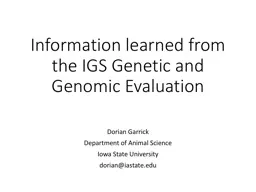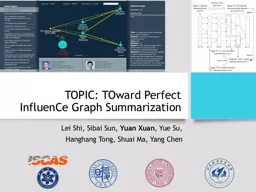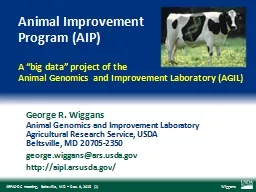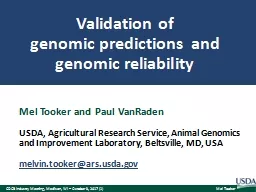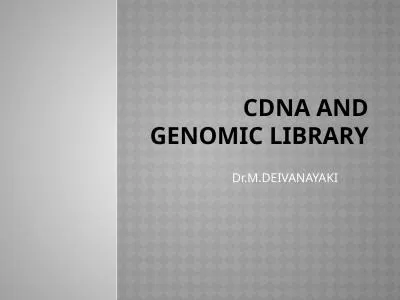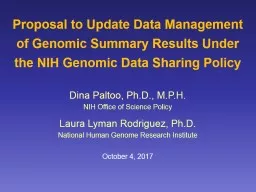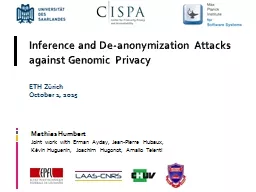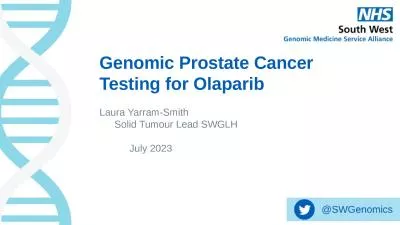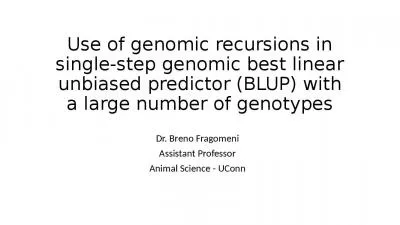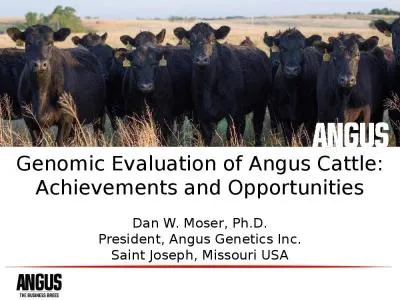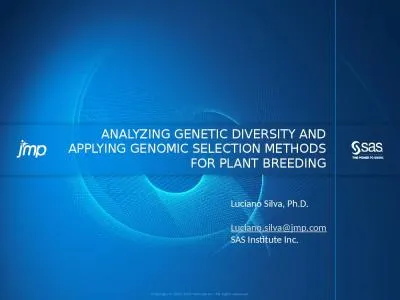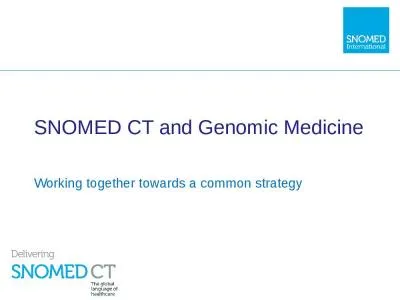PPT-Information learned from the IGS Genetic and Genomic Evalua
Author : faustina-dinatale | Published Date : 2017-06-08
Dorian Garrick Department of Animal Science Iowa State University dorianiastateedu The current and pregenomic system National Cattle Evaluation Uses pedigree and
Presentation Embed Code
Download Presentation
Download Presentation The PPT/PDF document "Information learned from the IGS Genetic..." is the property of its rightful owner. Permission is granted to download and print the materials on this website for personal, non-commercial use only, and to display it on your personal computer provided you do not modify the materials and that you retain all copyright notices contained in the materials. By downloading content from our website, you accept the terms of this agreement.
Information learned from the IGS Genetic and Genomic Evalua: Transcript
Download Rules Of Document
"Information learned from the IGS Genetic and Genomic Evalua"The content belongs to its owner. You may download and print it for personal use, without modification, and keep all copyright notices. By downloading, you agree to these terms.
Related Documents

